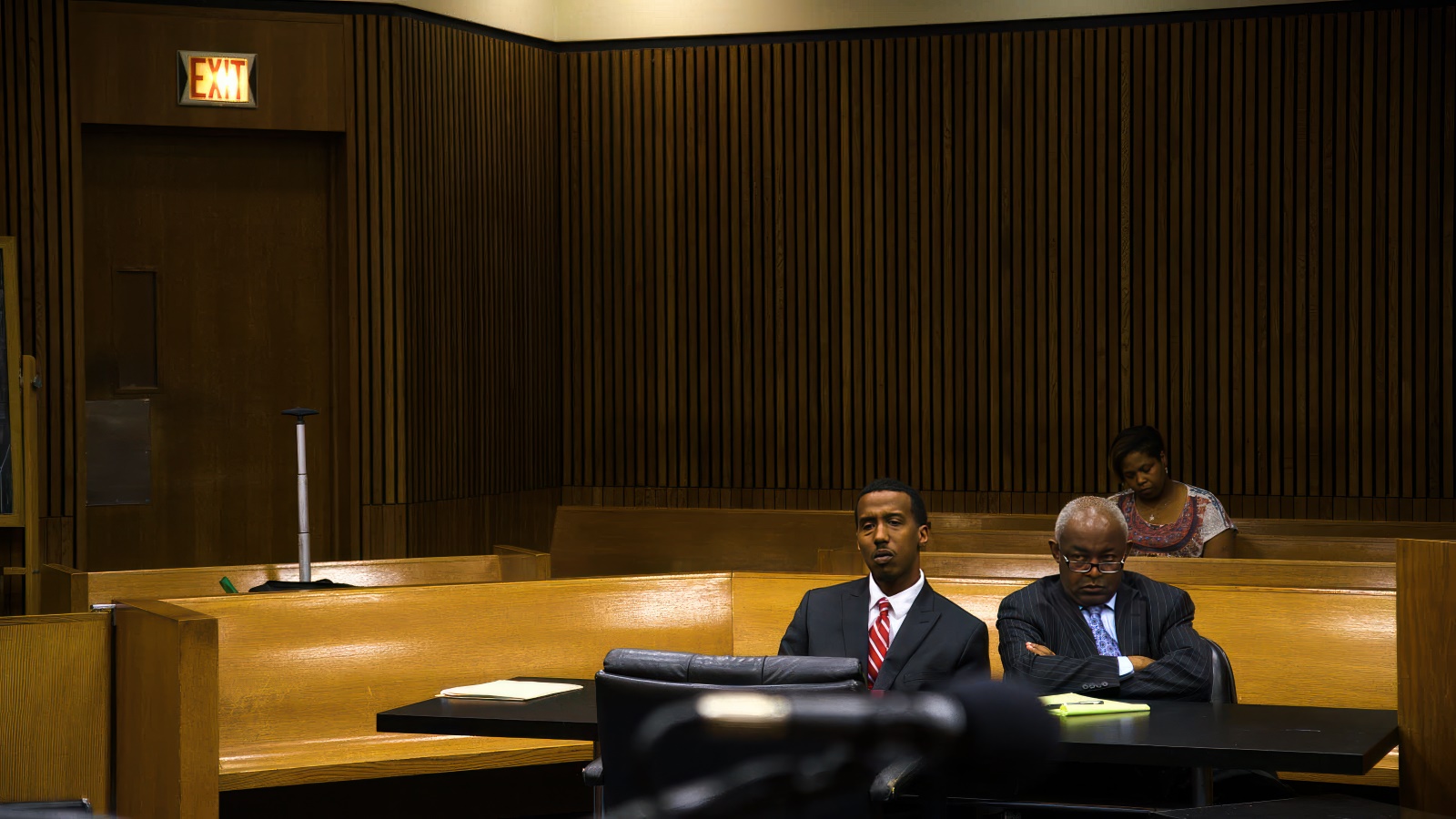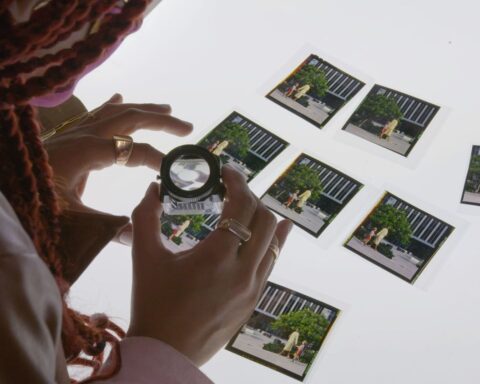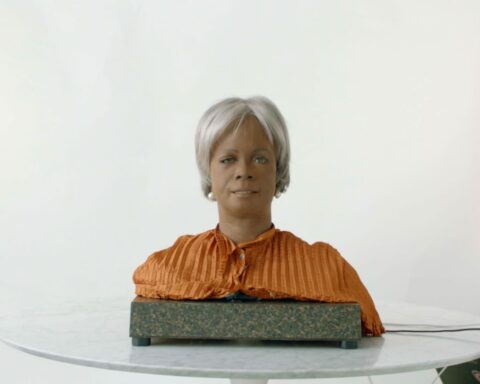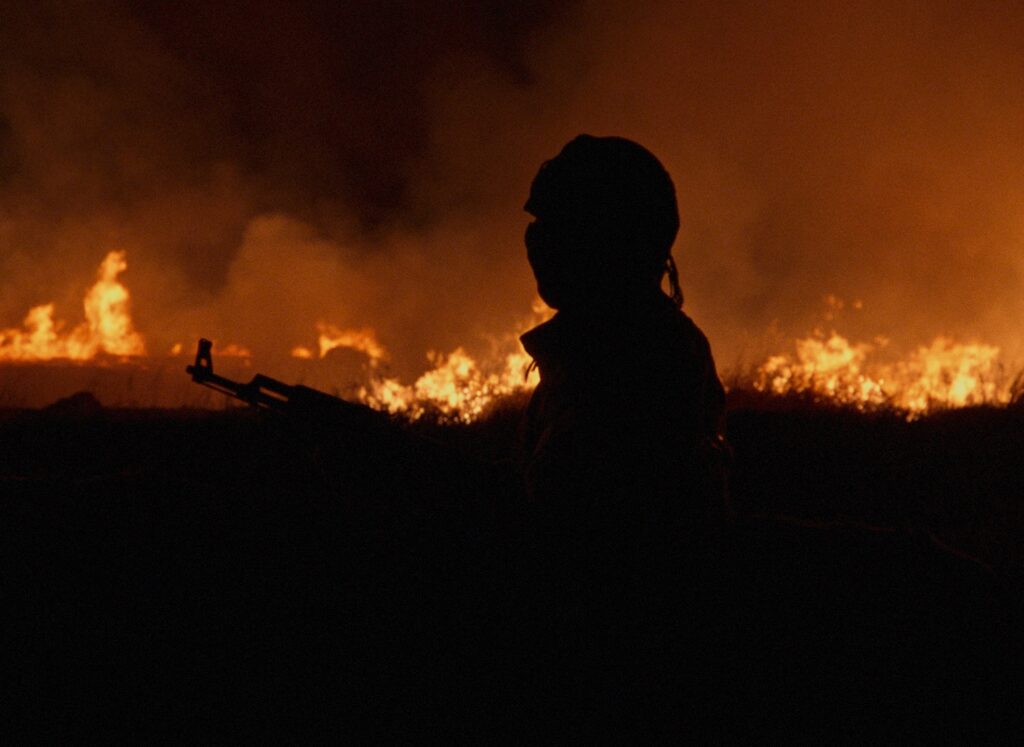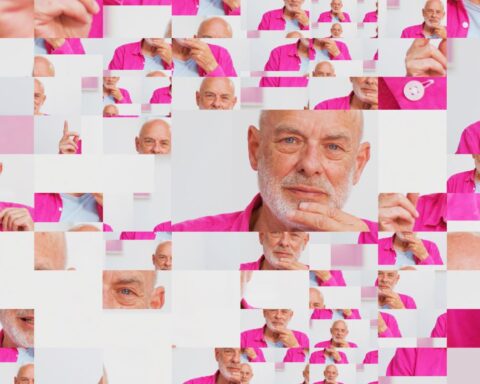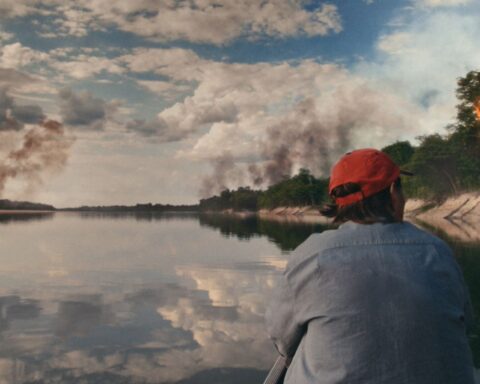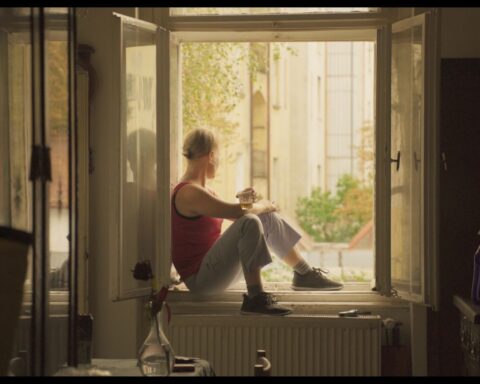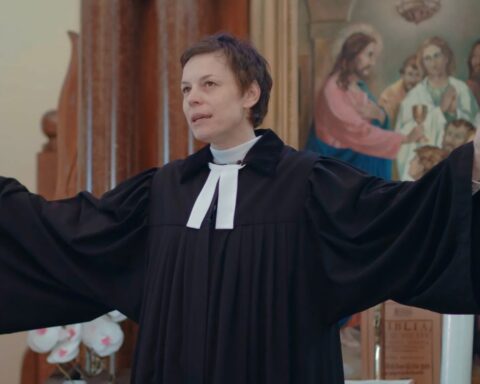“What is the machine asking me to do now?” It was the early ’90s. As the first documentary film editor in Canada to embrace digital tools, I was able to augment my junior editor wages by training senior film cutters on this mysterious new machine they called AVID. The question was posed by a soon-to-be-retired editor who was clearly overwhelmed by this radical change to his toolkit.
While I started my career cutting celluloid film, I didn’t use it enough to become emotionally attached. I had enthusiastically embraced digital editing; it was boundless creativity incarnate. The question, “What is the machine asking me to do?” was absurd. “Technology is benign,” I thought at the time. “A tool is a tool.” This problem lingered as I subsequently cut more than 150 projects. The documentary editor’s relationship with the machine is now at the core of a research project at the University of Hertfordshire’s School of Creative Arts, which investigates film editing and its relationship to documentary style.
The Digital Revolution
The advent of digital cinema triggered a substantial change in the traditions, logistics, and art of post-production. The creative flexibility, speed, efficiency, and affordability of new technologies were particularly attractive to documentary filmmakers, who traditionally work with fewer means. However, this revolution had several unforeseen consequences. Freed from purchasing expensive analogue film stock, the lower cost of digital production led to exponentially increased volumes of rushes and thus a memorable addition to film jargon: ‘spray and pray.’ Documentary shooting ratios increased from approximately 30:1 to 300:1 as analogue production went digital. However, while the fixed costs of editing (salaries, office rentals, expenses, etc.) have not increased tenfold, the time allotted to film editing remains about the same. Simply put, editors need to cut about ten times as fast in the digital age.
Workflows, organizational approaches, and editing methods adapted to prioritize financial and logistical considerations over creativity. For the documentary film editor, a primary digital advantage is the ability to superficially preview vast volumes of footage at high speed. We can scan through an hour of rushes in seconds to see what “pops.” The avalanche of escalating documentary shooting ratios nevertheless forced editors to offload rushes to assistants in the 2000s. In the 2010s, we saw the rise of the story editor, a specialist in third-party evaluation. Now, improved AI transcription services mean that we don’t even need to screen anything before considering how to structure a documentary.
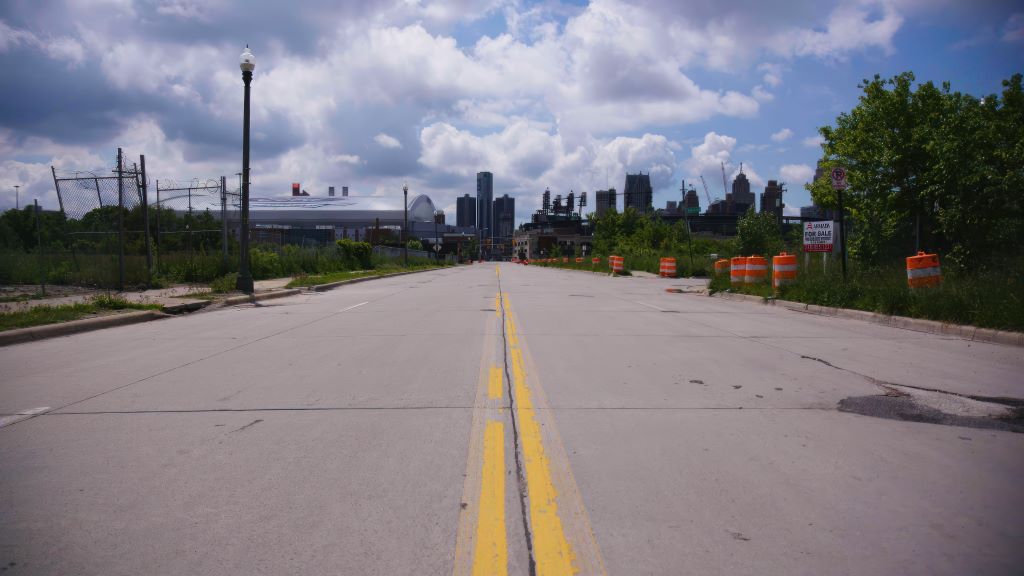
In the years after the smoke of the digital revolution cleared, a stylistic shift became evident in my creative work and that of my peers. Logic won over story, emotion, and tone in the documentary style wars. Pacing is now tighter, visual narratives have degenerated to B-roll, scenes are often reduced to “sync bites,” and dialogue typically drives structures. Why?
Swapping scissors for a keystroke does not rewrite the foundational principles of narratology, visual language, and montage. Whether capturing on celluloid or in binary data, images and sounds—the raw narrative fodder of the documentary—are fundamentally the same. However, how we cut, and the works we produced, were profoundly different. I began to wonder: Is the documentary film-editing process simply a necessary product of “bandwidth,” “minimum system requirements,” “line items,” “deliverables,” and “picture lock dates,” or is it a useful artistic tool? What are the artistic implications of using an analogue working method in a digital setting?
The Research Project
In the spring of 2021, I began exploring this question through a research project. It involved editing the same documentary twice using the same rushes and digital tools but with two distinctly different processes. In the first version, The Way Back #1, Additive, I used a contemporary digital approach. I scanned the rushes, transcribed the dialogue, drafted a paper edit, and then cut the film in an additive approach. Starting with a blank timeline, I added the shots one by one, modifying and rearranging them as the cut progressed. Pretty standard stuff. Many editors liken this approach to painting. We start with a blank canvas and impose our vision onto it.
A second film, The Way Back #2, Subtractive, was cut using the same rushes and digital tools. But in this version, I cut the film on a computer in the way we used to cut unscripted docs on analogue film: no transcripts, paper edits, planning, or scanning. Each day’s rushes were strung out in continuity. I watched everything in real-time. Back in the day, it was pretty common to cut concurrently with production in shooting order. I’d remove one segment or shot after another, gradually boiling the footage down. We used to compare this method to stonemasonry. The editor chips away at the block of stone, revealing the essence of what was always in there. In a digital context, it’s a kind of self-imposed creative constraint. An analogue Dogme, if you will, for the digital documentary editor.
The rushes I used were shot for How to Prepare for Prison (2016) and later abandoned by director and cinematographer Matt Gallagher. These raw materials document the criminal trial of Mlinzi McMillan, a man charged with the vehicular manslaughter of his two sons. While driving his boys home from football practice, Mlinzi’s car tragically collided with a tractor-trailer. Gallagher filmed Mlinzi and his attorney Michael Sharpe as they fought to prove his innocence in a criminal trial that dragged on for 18 months. When Mlinzi was found not guilty, his story had to be excluded from the film for thematic reasons.
Originally conceived as a broad exploration of the American justice process in the financially challenged Detroit system, Prison eventually found focus probing the emotional journey of criminals readying for incarceration. As Mlinzi’s vindication precluded his inclusion in Prison’s story, his rushes were excluded from the cut before they entered the editing room. This decision weighed heavily on Gallagher and his team. Mlinzi had generously opened his life up to the camera as he struggled to cope with the death of his children while facing imprisonment.
The filmmakers shared Mlinzi’s desire to tell the story of his vindication. At the time of his trial, he was vilified by local media. Facing the abrupt production schedule of the daily news cycle, the crew likely had to decide what the story was even before they started to shoot and cut their item. The resulting news story highlighted the link between the filming process and its result. An exploration of this material considered the subject, filmmaker, and researcher alike.
The Edit
For The Way Back #1, Additive, I followed standard operating procedures. Gallagher’s shooting style produces rushes that are incredibly malleable: They don’t force the editor’s hand down a particular path. He shot a formal sit-down interview with Mlinzi at the start of principal photography, so I started there. It provided a dramatic question: “Will the trial fill in the holes of a memory shattered by trauma and injury?”
I used it to construct an intimate, interview-driven narrative arc that was cross-cut with moments from the trial. While I started the trial’s story with opening statements, I found it necessary to simplify and reorder its structure. In real life, there’s no obvious order to the presentation of witnesses in open court. You may hear disordered testimony about the aftermath of an incident first, then details of the tragedy, and finally, its context. This testimony has no natural obvious story shape. After the prosecution questions each witness, the defence is allowed to cross-examine. It’s incredibly slow, repetitive, and disjointed.
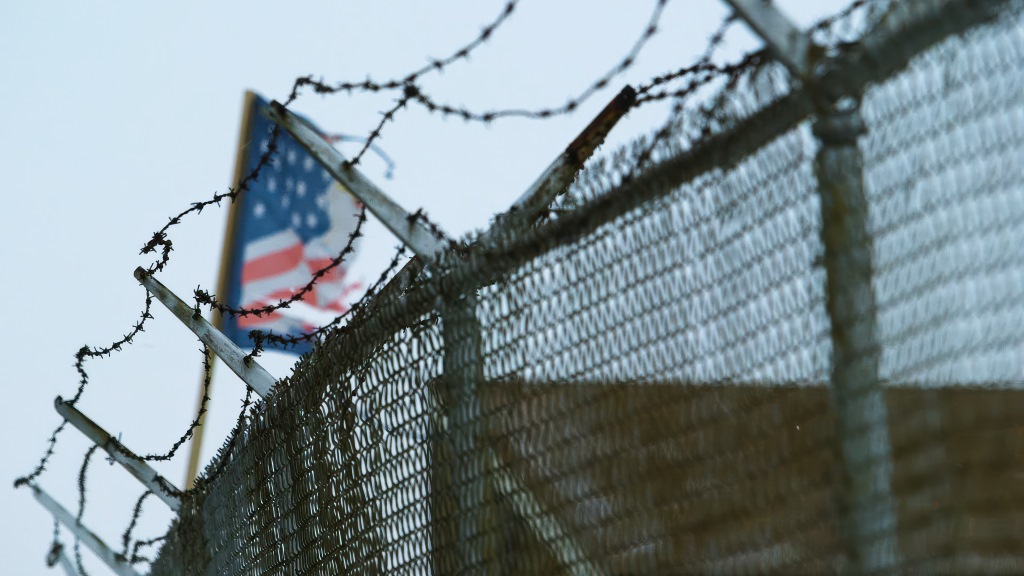
On film, I reorganized the prosecution’s case into a story arc. Testimony was structured by the chronology of the events of the tragedy, not the trial. It’s a standard courtroom-drama approach that allows the editor to create a tight, compelling, and cogent story. In my edit, after the prosecution rests, the defence lawyer comes in and effectively thwarts the people’s case. This, too, was laid out in a logical order rather than in the chronology of the trial. As the trial scenes were shot with a single camera, cross-cutting characters made the editing much easier. Rather than worrying about continuity or scene mechanics, I could simply cut to a new character. It allowed me to compress time and cut to the essence of the dialogue.
The old-school cutting method of The Way Back #2, Subtractive was simpler in many ways but much more time-consuming. The subtractive method asks the editor to focus on each scene in shooting order. I would screen each scene in real time and then consider its narrative purpose. This slow and thorough approach revealed the nuance in the rushes. I then incrementally distilled each scene into what had happened in that time and place. It’s a method used by cinema pioneer Allan King, director of such masterpieces as Warrendale (1967), A Married Couple (1969), and Dying at Grace (2003). He used to say that material should argue its way out of a film. If rushes are the filmic representation of real life and arguably the truth, editors need to ask themselves what they choose to exclude from the rushes and why.
In addition to the slowness of real-time screening, this method required a lot of “think time.” I asked myself, “Are these just B-roll shots or is there a subtle visual narrative?” Sometimes the process made things faster and easier. Without the need for planning, transcripts, an edit script, or a paper edit, I could just dive right in and start working with the material. It occasionally encouraged me to drop entire sections.
Since Gallagher’s interview with Mlinzi wasn’t a present-tense scene, I eliminated it entirely. However, by removing the possibility of character-based voiceover, I radically changed how the film could be constructed. The scenes needed to be cogent and engaging self-contained narrative blocks, constructed as geographically and temporally distinct units with a beginning, middle, and end. As the camera was not allowed to reposition during the proceedings, the single-camera coverage was limited. It was extremely difficult to cut. I was comfortable taking on the extra work.
The Films
A comparison of the finished documentaries proved revealing. Anyone who has been around the editorial block a few times suspects there’s a connection between their process and its result. But what’s interesting is the scale and nature of the difference.
The Way Back #1, Additive
To the layperson, a screening of the 34-minute version reveals a linear doc. However, documentarians will immediately note that it is essentially an extended montage that takes liberties with time and space. Real-life, causal, chronological events have been reorganized and presented in a simplified and logical fashion to create the illusion of order, comprehensiveness, and depth. For example, I use Mlinzi’s formal interview, filmed before the trial, as commentary on events that had not yet occurred at the time of the interview. His emotional reaction to the court’s verdict of not guilty, while consistent with the facts, was expressed in relation to an earlier unfilmed trial in which Mlinzi was tried for a lesser charge. This recontextualisation falls within the bounds of accepted ethics of professional practice. Some filmmakers call it “lying the truth.”
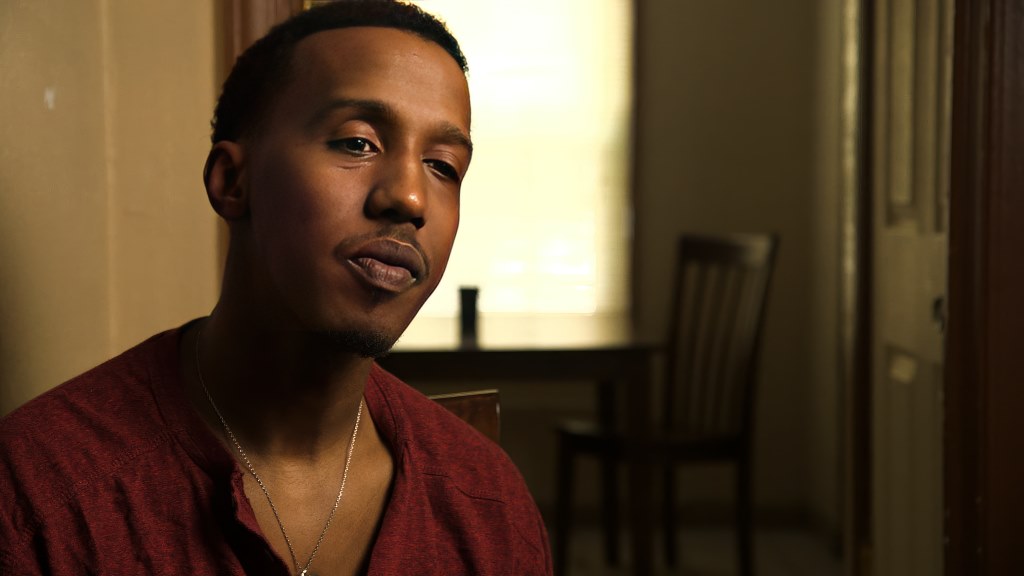
While I am ethically comfortable with the use of the technique in this context, it contributes to what I perceive as a veneer of artificiality. The editorial organising principle, the dramatic construct, is also predicated on lying the truth. The inorganic dramatic question posed in the film is: “Will Mlizini learn what happened on that tragic day?” But it was filmed a year before the trial. Its simplicity and artificiality undermine the nuance and tension of what is, in fact, a dramatic trial. Moreover, the voice-over creates a barrier to an immersive experience. When I screen this version, I don’t feel like I’m entering the scene. I understand the story, but I don’t feel it. The brisk pace and compact structure leave little room for subtext. Filmic time reflects the creative hand of the editor rather than real-world temporality.
The bottom line: The additive process of standard practice fosters a cogent, temporally efficient, and straightforward documentary that plays as an engineered and filtered experience. The editor imposes their self on the material. While all documentary filmmaking is susceptible to subjective decision-making, the additive approach is particularly vulnerable. Watch an except of the additive process here.
The Way Back #2, Subtractive
The second version, which I cut from the same materials using an analogue subtractive process, is distinctly different. The editor had to consider the material within its temporal or geographic context. Abstract arrangements were discouraged. Rather than an extended montage, this 56-minute film took the form of a human story constructed from real-life events, what King used to describe as “actuality drama.” The structure presents a series of clearly defined, present-tense scenes. On-screen events, rather than the editor’s planning agenda, determine the timeframe and structure. In contrast to the desultory additive process analysis, distillation of the rushes in the subtractive approach revealed that the order of witnesses was hardly disjointed. The attorneys called their witnesses in an escalating order of impact.
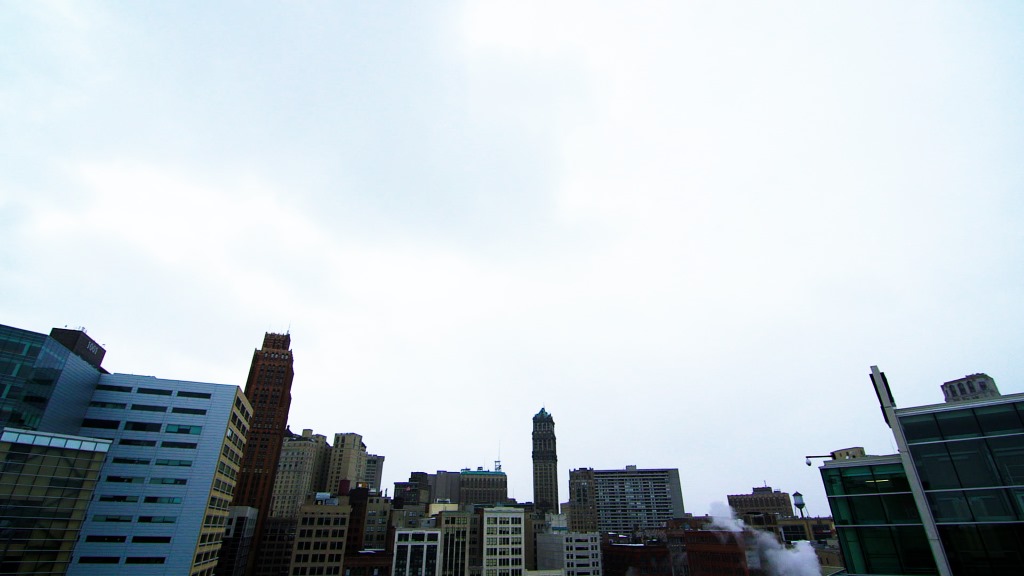
The editorial pacing of the scenes is rooted in the progression of the rushes. This approach makes meaning. For example, the timing of the defence attorney’s responses is loaded with significance. A sharp pause for emphasis lets a statement resonate. A pause followed by a request for clarification signals disbelief. The ponderous tempo of the trial is much truer to life. This pacing is rarely seen in cinema and may prove tedious to contemporary audiences. However, this also provides a sense of immersion. The length of the judicial process—months rather than days—is made clear. This version is more narratively complex than the guided experience fostered by the additive editing process. The subtractive approach created room for subtext. For example, the judge’s concern about the duration of the trial reminds us of its socio-economic context. A subtle tension between the judge and the defence attorney suggests systemic bias against the defendant.
The bottom line: The analogue-era subtractive approach seems to foster an immersive, organic experience that focuses on story rather than information. The editor reveals the story within the material. Watch an excerpt of the subtractive process here.
The Process Tool
I’m not arguing for a preferred method. This research project simply makes clear that there is a relationship between the editing process and documentary style. Editors can harness it as an artistic tool and apply at the act, scene, or sub-scene level, not just the project. It has also helped me answer the question, “What is the machine asking me to do now?” These tools aren’t really asking us to do anything. But they make strong recommendations. Life can be boring, illogical, and messy. Documentarians must resist blindly following the lead of a machine that denies the untidiness of human existence and encourages its user to mirror its logical and mechanical nature.




